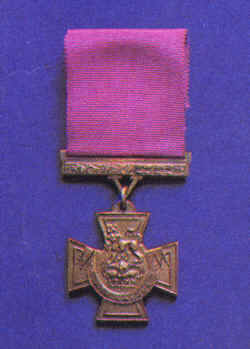
PREV ARTICLE
FULL ISSUE
PREV FULL ISSUE
FEATURED WEB PAGE: THE VICTORIA CROSSThis week's Featured Web Page is suggested by Don Cleveland, who writes:The following is a link to a site describing the background of the Victoria Cross. Note that Victoria Cross medals are made from metal taken from a Chinese-made cannon used by the Russians in the Crimean war (history repeats itself). From the page:
Senior military figures were against such a medal. They believed that the strength of the British Army lay in its ability to fight in formations on the command of an officer. There was a concern that individuals might engage in acts of individual bravery (in an attempt to win the medal) and break the strength of a formation in doing so. However, the idea had one major supporter – Prince Albert, the husband of Queen Victoria. The Victoria Cross was meant to have a simple design though in an era when medals for bravery were anything but simple, the design won few friends in the media of the time. “The Times” called the medal "poor looking and mean in the extreme.” The first one was made to the specifications of Prince Albert who wanted a “simple cross”. It is said that Victoria was delighted by the final version – she added a V to link the medal ribbon to the medal itself. www.historylearningsite.co.uk/victoria_cross.htmWayne Homren, Editor The Numismatic Bibliomania Society is a non-profit organization promoting numismatic literature. See our web site at coinbooks.org. To submit items for publication in The E-Sylum, write to the Editor at this address: whomren@gmail.com To subscribe go to: https://my.binhost.com/lists/listinfo/esylum All Rights Reserved. NBS Home Page Contact the NBS webmaster 
|
